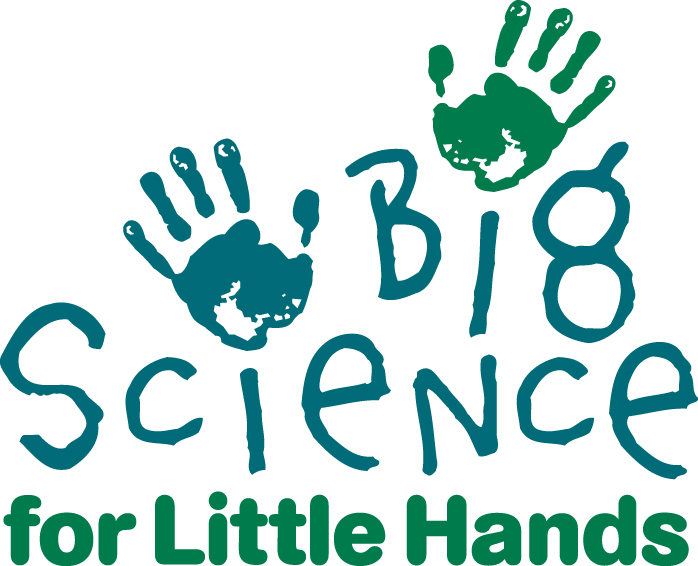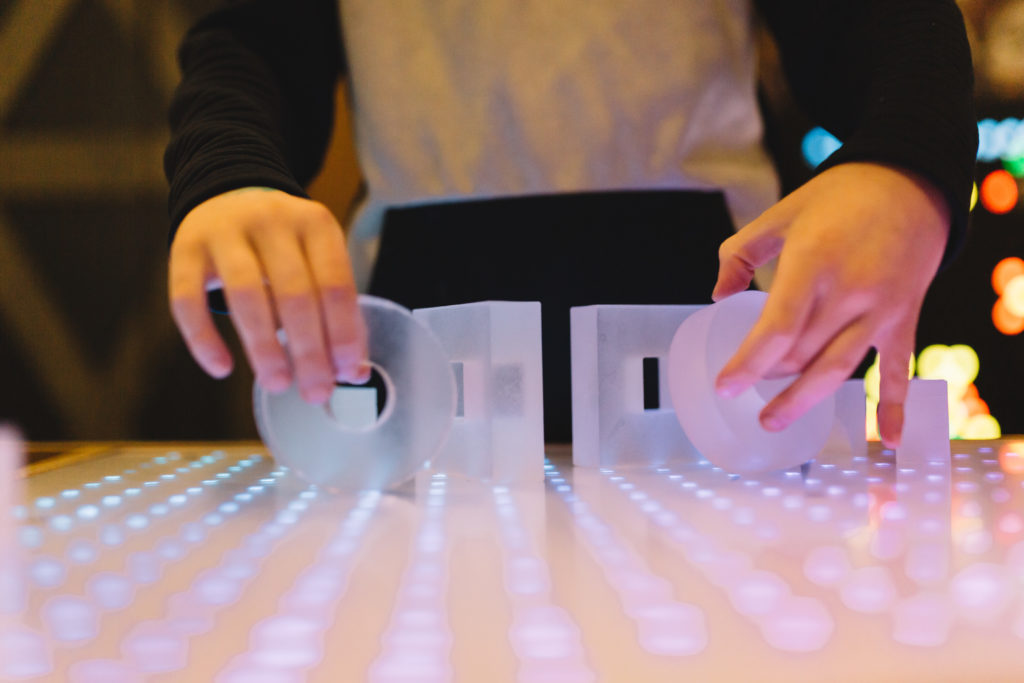Popcorn is a variety of corn kernel (seed) which expands and puffs up when heated. A popcorn kernel's strong hull (seed coat) contains the seed's hard, starchy endosperm with 14–20% moisture.
When popcorn is heated to more than 170°C, the pressure inside the kernel gets very high, preventing the water from turning to steam. Pressure from the moisture being heated continues to build until the hull ruptures, allowing the water in the kernel to expand to steam. The kernel to forcefully expand, from 20 to 50 times its original size, puffing up the starches in the endospern to the popcorn shapes we know so well. Pop-corn indeed!
This activity was developed and tested with preschool and kindergarten educators as part of Science World's Big Science For Little Hands program.


 copy.jpg)
